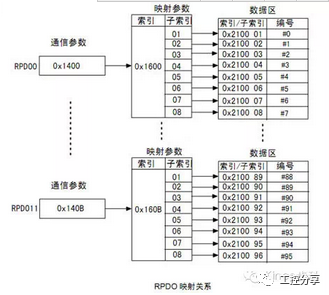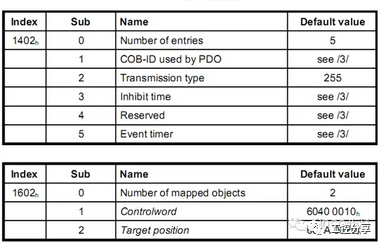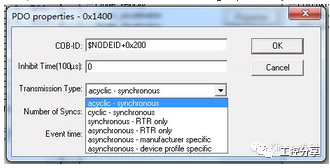Click the blue text to follow Servo and Motion Control




Popular Articles

Servo and PLC Dual Drive, Hexin Strengthens Its Position in the Motion Control Market


Have You Seen a More Comprehensive Motor Control Summary?

Conversation with Engineers: The Matters of Mask Machine Production

Beginner’s Guide | Quick Start with Panasonic Servos
